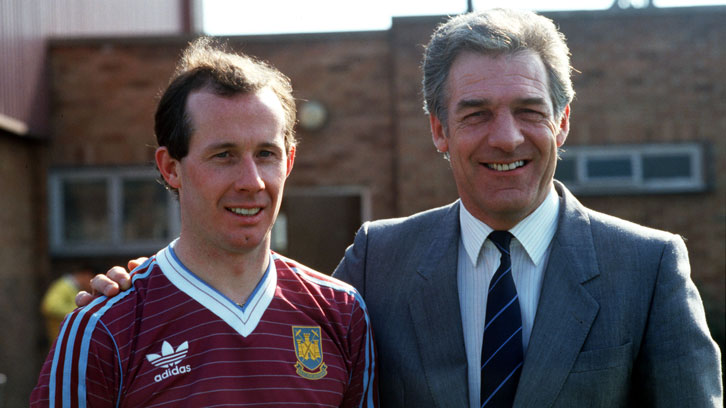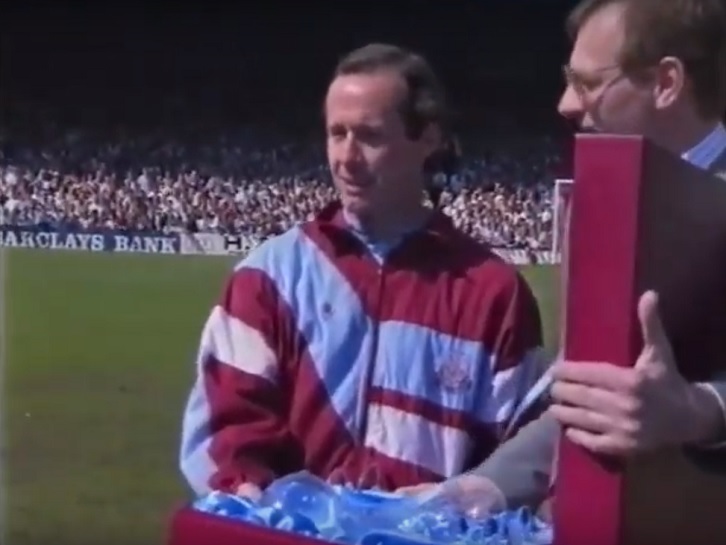
Whenever any pundit or supporter is asked to name the greatest Irish footballers in history, it seldom takes too long for them to mention Liam Brady’s name.
Born in Dublin on 13 February 1956, the precociously talented attacking midfielder excelled for the leading St Kevin’s Boys club as a schoolboy before joining Arsenal at the age of 15 in 1971 – the same year the Gunners won the Double.
Just two years later, aged 17 years and seven months, Brady made his first-team debut for the north London giants, in a 1-0 First Division win over Birmingham City, and a long and outstanding career was off and running.
A left-footed playmaker with outstanding technical ability and vision, Brady spent nine years at Highbury, winning Arsenal’s Player of the Year award three times, lifting the FA Cup in 1979 and signing off with an appearance in the 1980 European Cup Winners’ Cup final.
Brady’s attributes had made him a target for Europe’s biggest clubs and, in 1979, he announced his intention to move to Juventus the following summer. He kicked off his career in Italy with back-to-back Serie A titles before moving on to Sampdoria, Inter Milan and Ascoli.

In March 1987, aged 31, he decided to return to London, as he wanted to bring his children up in England. After a £100,000 deal was agreed, Brady joined West Ham United.
Initially, despite Brady’s presence, the Hammers struggled, losing their first three games with him in the starting XI, but a home win over Watford was followed by a maiden goal in Claret and Blue in a memorable 3-1 victory over his former club Arsenal at the Boleyn Ground.
Brady then signed off his first season back in England with a superbly-taken individual goal in a 2-0 win over Manchester City on the final day of the campaign.
The following season, 1987/88, the Irishman appeared and impressed regularly until an injury suffered at Derby County at the end of February ended it prematurely. West Ham would win just two of their remaining 12 First Division matches without him.
The Hammers were already struggling mightily again when Brady returned to action in November 1988, but his return sparked an immediate upturn in form, as John Lyall’s side scored 13 goals in his first three matches back.

There were further highlights to come, including the memorable 4-1 League Cup win over Liverpool later the same month, a 1-0 First Division victory at Millwall in December, and a sensational winning goal at high-flying Derby County in January.
Despite winning five of their final seven matches, a final-day defeat at Liverpool saw West Ham relegated, meaning Brady would play the final season of his career, 1989/90, in the Second Division.
Unsurprisingly, despite kicking off the campaign aged 33-and-a-half, the son of a dockyard worker sailed through it, appearing 44 times and scoring two goals, including a memorable strike in a 4-0 Upton Park victory over Wolverhampton Wanderers in his 532nd and last league game as a professional.
It was a fitting send-off for one of the greatest Irish footballers of all-time.
